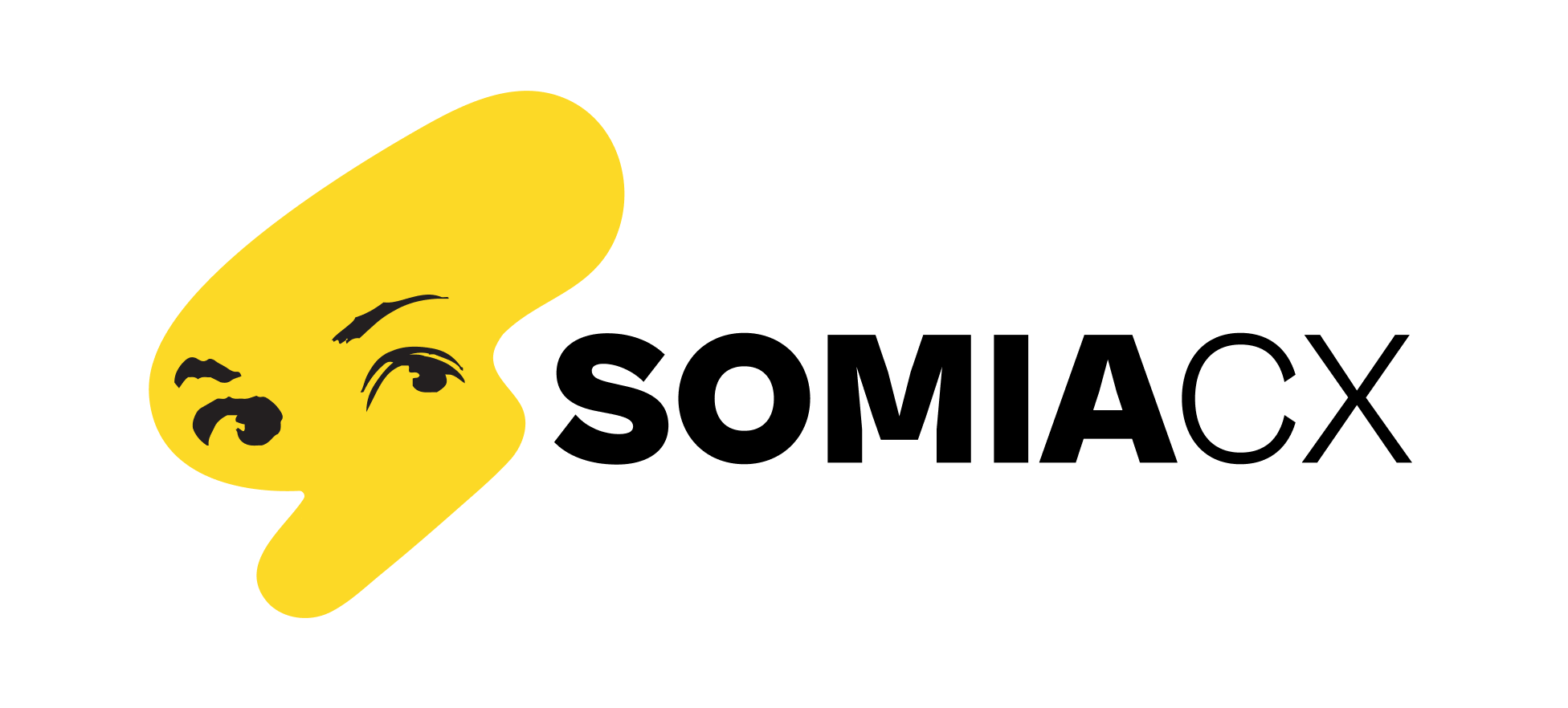Developing Visitor-Centric Guidelines to Enhance The Future Experiences of Museum Nasional
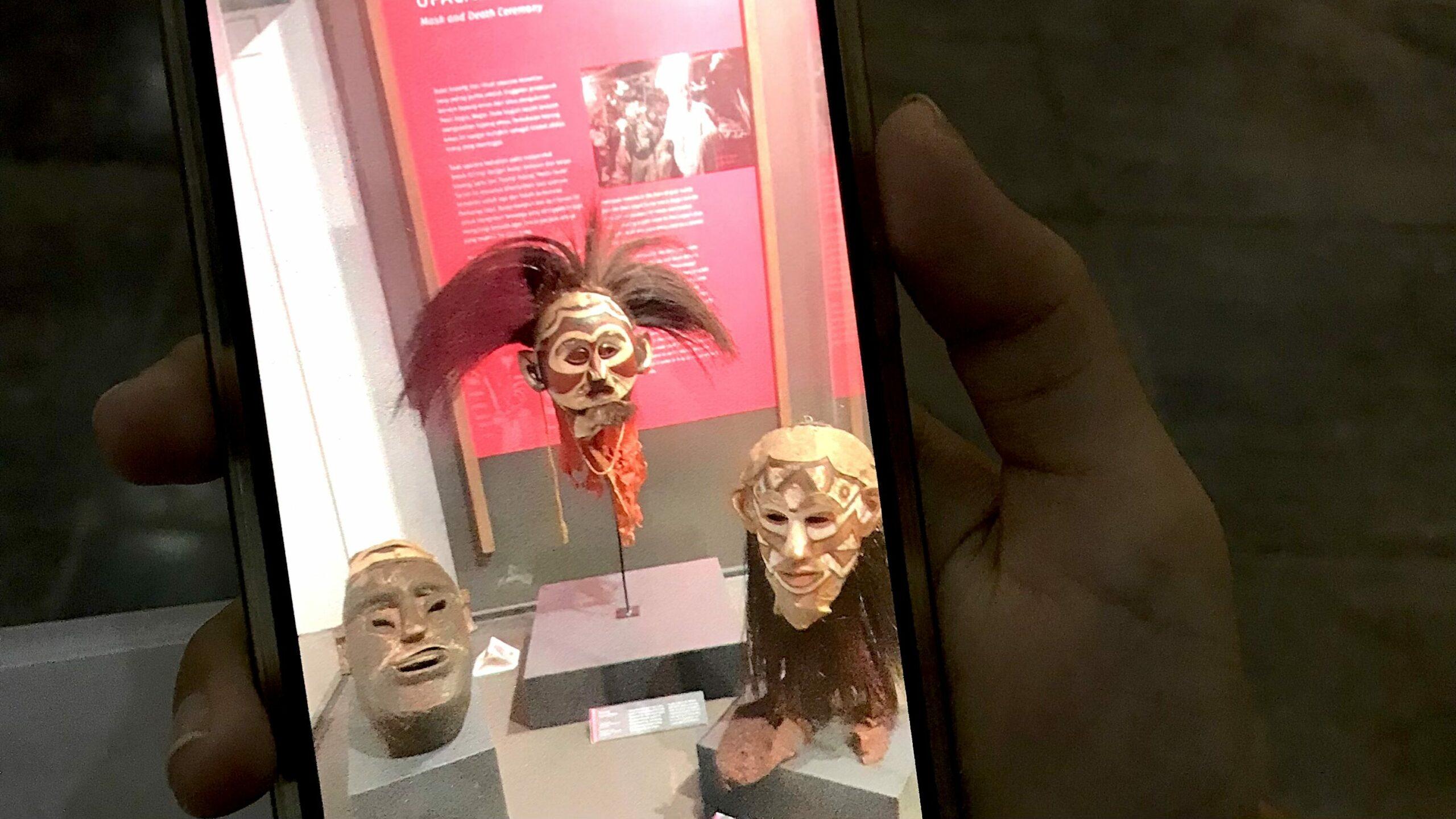
Museum Nasional is a prominent Indonesian museum, housing a diverse collection of artifacts that showcase Indonesia’s history and heritage. As a renowned institution, stakeholders have initiated a significant transformation to enhance museum management and visitor experiences. This transformation has prompted us to relook at long-standing issues and challenges. Due to ongoing strategic developments, the project’s focus has shifted from evaluation to an in-depth exploration of visitor experiences, seeking to uncover their inspirations and potential opportunities more than just their satisfaction aspect.
The Impact
The museum now has dedicated guidelines that can serve as the cornerstone for crafting museum exhibitions as consideration from visitors’ point of view. The guideline consists of the way the museum should determine the central message, consideration in selecting the collections, and the way the collections are presented. They have become the first measure of success and can be adopted in other Indonesian museums under the Indonesian Heritage Agency in the future.
Our Approach
We begin with in-depth exploratory research, where we delve into the experiences and motivations of institutional employees, visitors, and even non-visitors. We extract valuable insights from these stories to develop frameworks that guide the creation of exhibition storylines, visitor flow, and visitors’ expectations.
In the second phase, we refine and iterate on the framework for the exhibition storyline. We also produce physical prototypes that are tested with visitors. Using these findings, we evaluate and enhance the guidelines, making them more detailed and practical.
These two phases allow us to create a comprehensive and visitor-centric approach to museum exhibitions, ensuring that our guidelines are highly effective in enhancing the overall visitor experience.
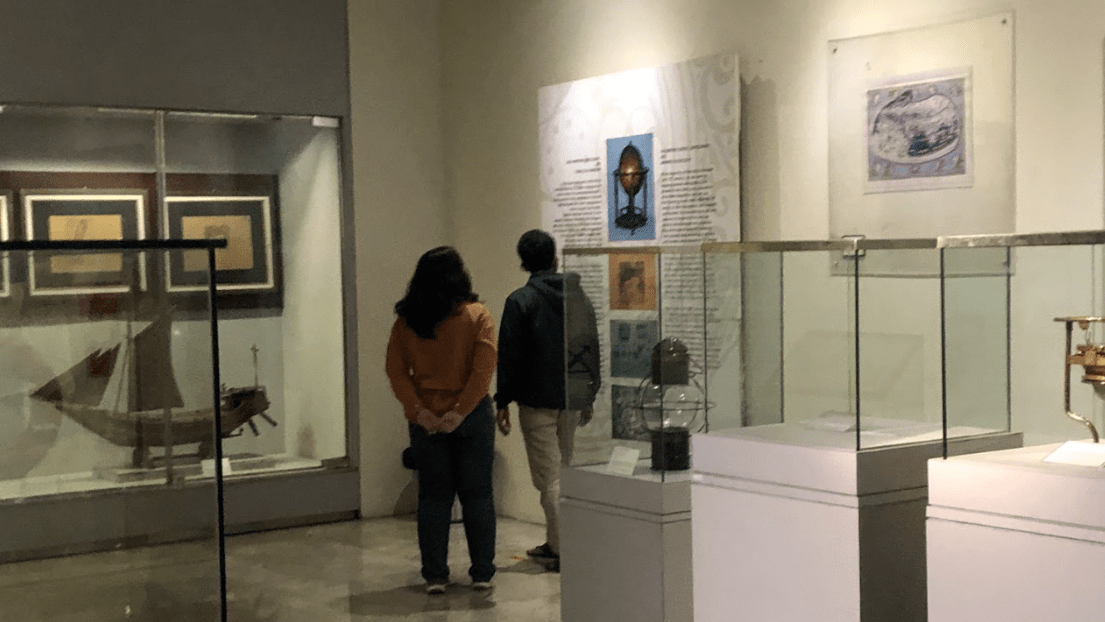
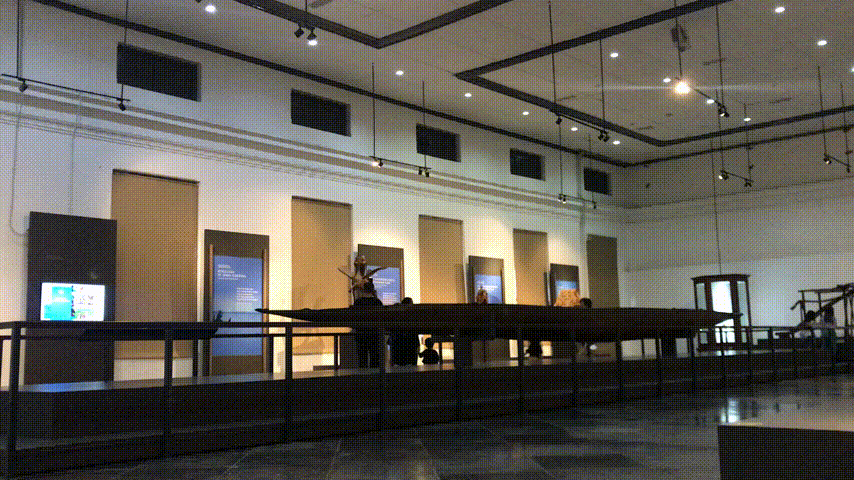
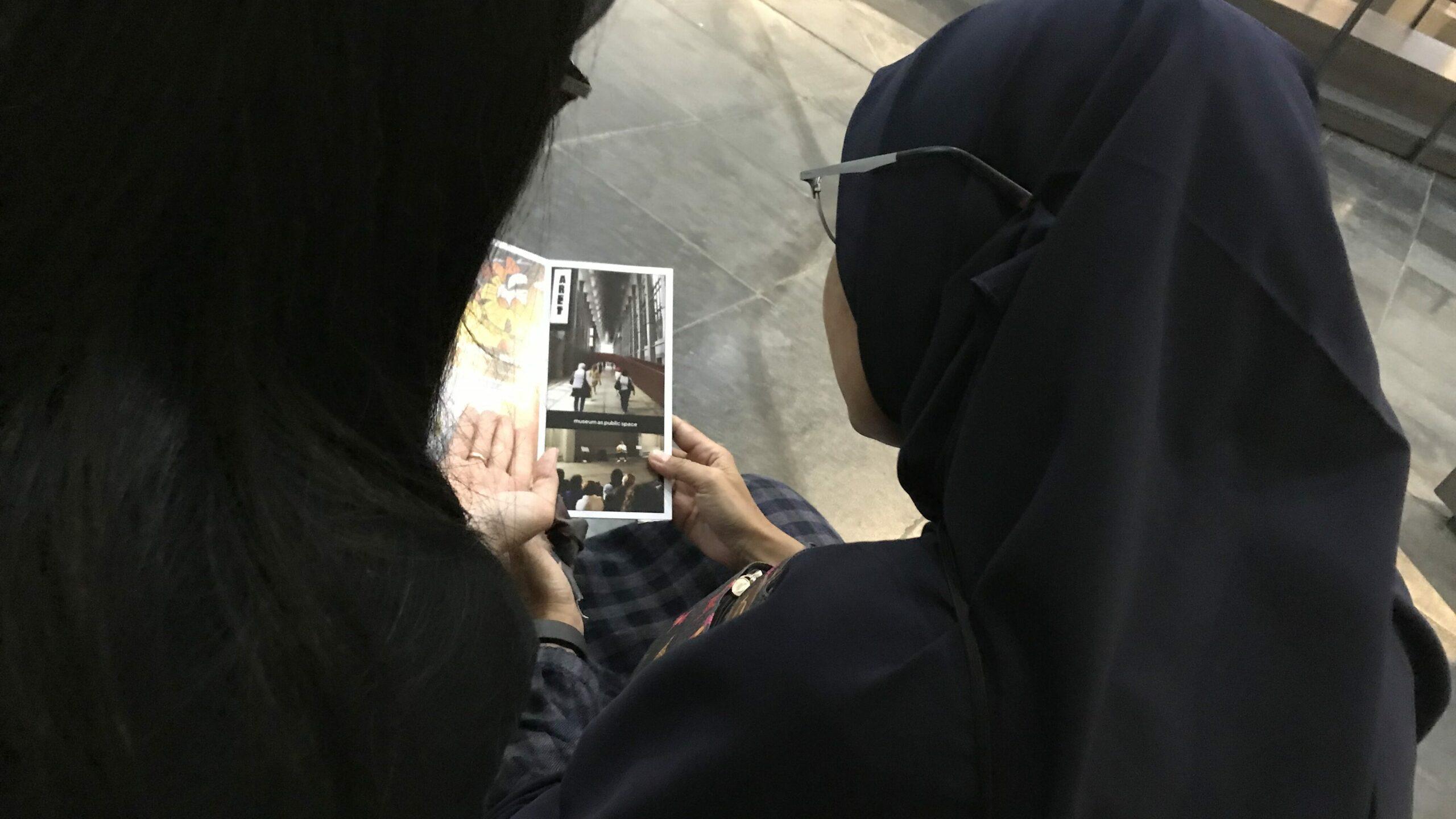
Our Journey and Process
Looking In
Before engaging with visitors, we first delved into the broader museum landscape, benchmarking against historical museums in Indonesia and abroad. We initiated meaningful conversations with stakeholders and internal staff members, many of whom have direct or indirect ties to our visitors. Through these interactions, we uncovered their pain points and aspirations, paving the way for a more comprehensive understanding of Museum Nasional’s ecosystem.
Looking Out
We engaged in observations and then did intercept interviews with the museum’s current visitors. We also did in-depth interviews with the non-visitors, particularly those inclined towards other museums but not Museum Nasional, to gain fresh perspectives and draw inspiration from their narratives. These invaluable insights are transformed into a comprehensive framework that covers what visitors seek, their underlying motivations, and distinctive characteristics.
Co-ideation with Stakeholders
One of the most impactful processes is to rejoin stakeholders and internal staff, inviting them to explore the visitor’s framework. Collaboratively, we identify specific aspects for prototyping and engage in dynamic discussions to refine the emerging ideas. The conversation with the stakeholders shaped our initial guidelines and the focus area to prototype in the next phase.
Prototyping and Testing
The selected concept was transformed into tangible prototypes and showcased within the exhibition spaces for a limited duration. These prototypes served an informative purpose and actively involved visitors, encouraging their active participation in the museum experience. We have gained a lot of feedback from visitors who directly interact with the prototypes.
Visitor Experience Guideline
Drawing upon the valuable feedback from visitors and the wealth of insights accumulated throughout the project’s various phases, we revisited and refined our crafted visitor experience framework. This framework then transformed into actionable guidelines that foster collaboration across diverse divisions, including curators, educators, branding, front liners, and business management.
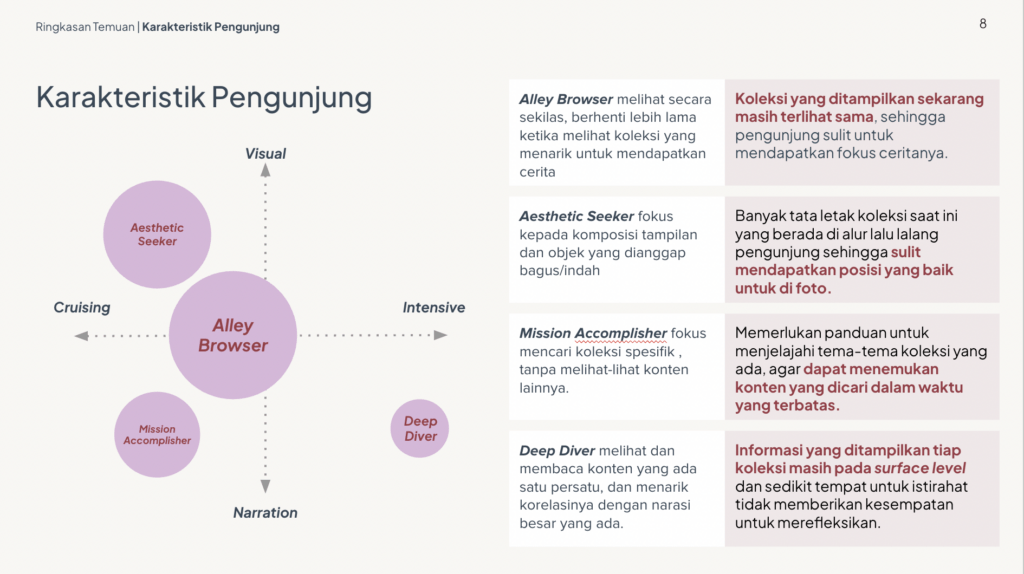
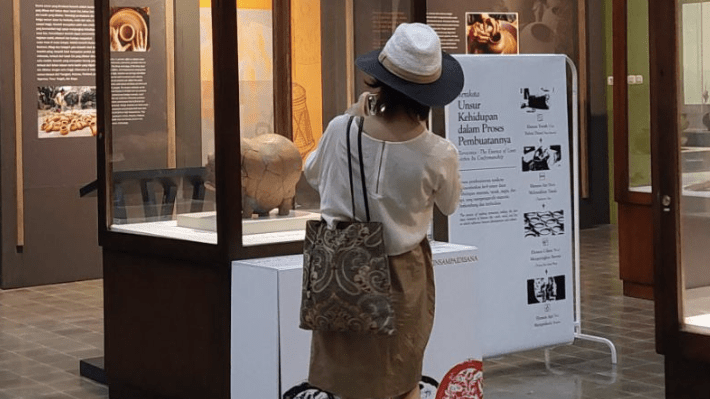
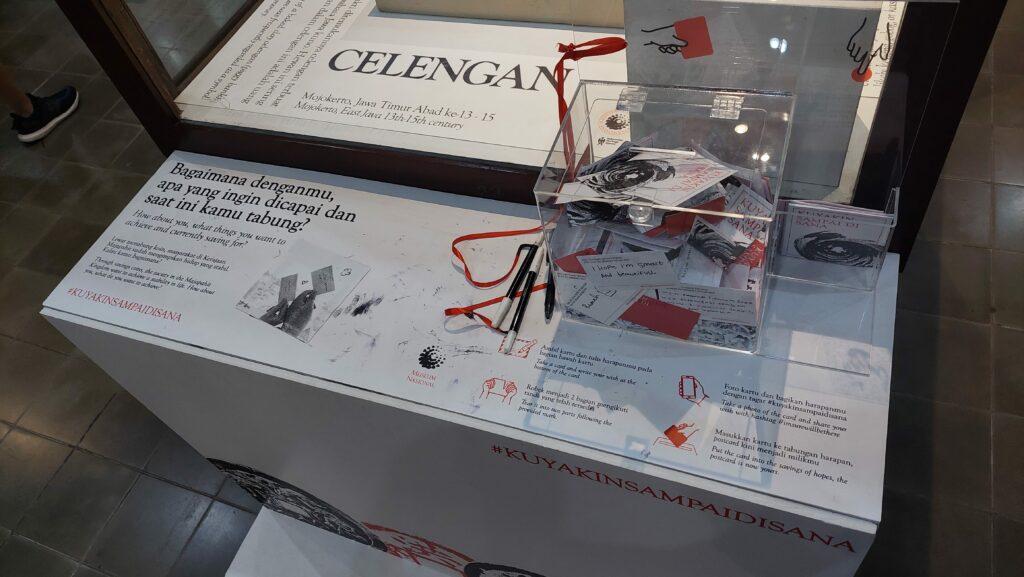
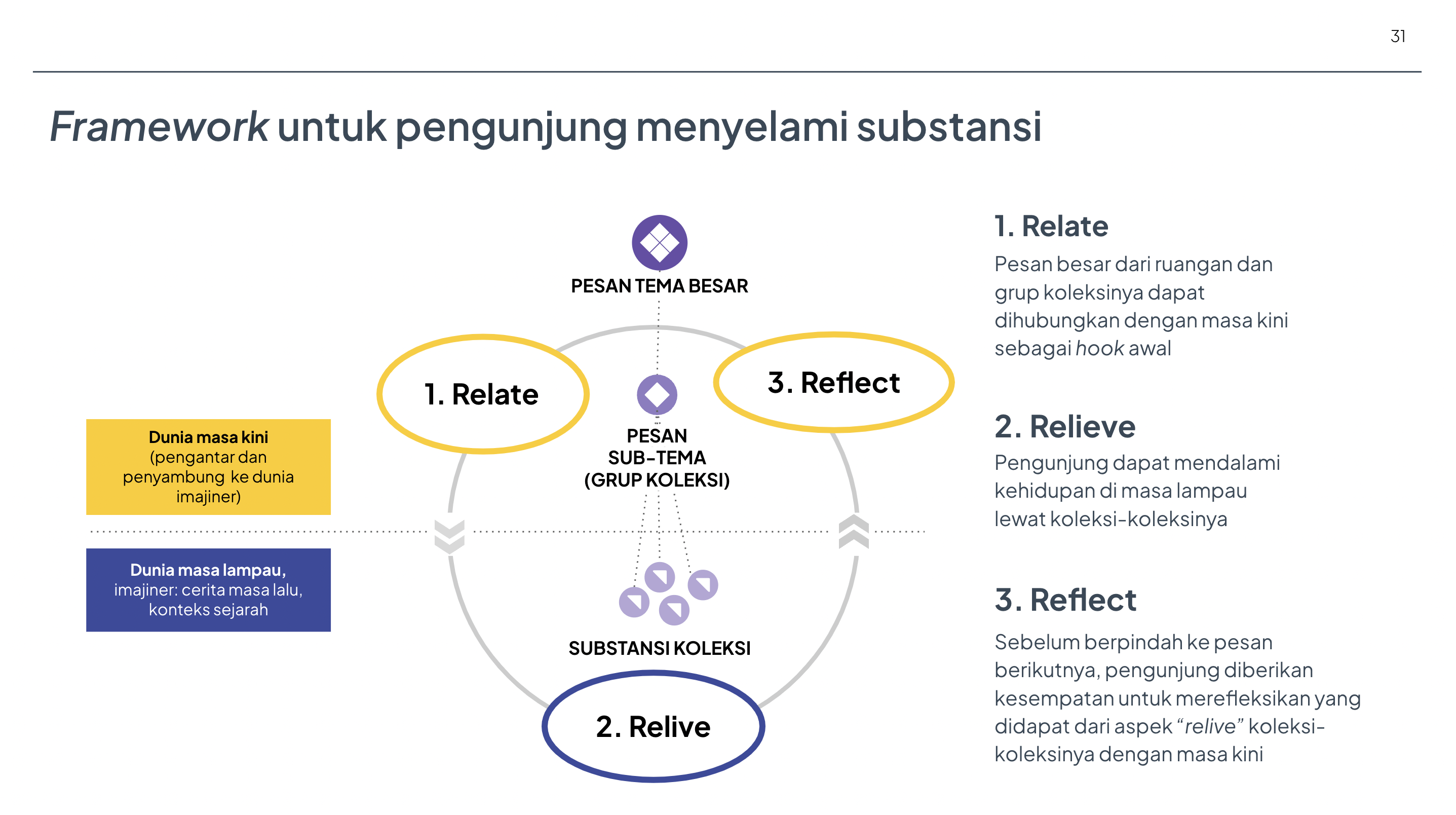
The Results
We uncovered different ways visitors interact with the collections and what factors influence their interaction. These were used to create the draft guidelines before it was prototyped in a temporary exhibition. The results have covered several actionable guidelines with opportunities for cross-collaboration within the museum’s division. It ignites many positive discussions for future improvement that lead to the need for transforming performance evaluation within the old systems.
Consultant in-charge

Uka Q.A.P
Project Oversee
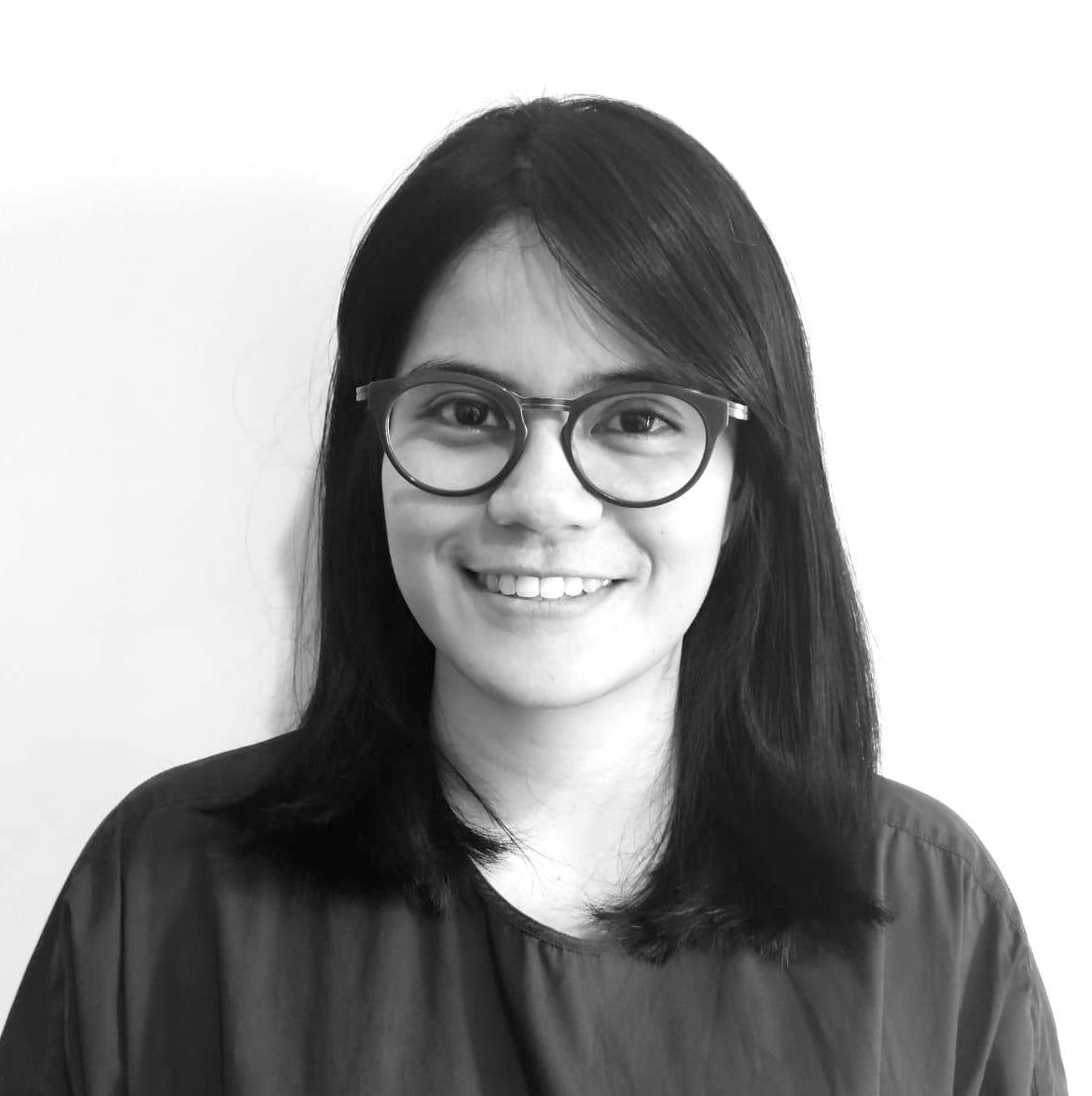
Kara Andarini
User Researcher

Catharina Krisanti
Project Lead

Gilang Nur’Aidi
Interaction Designer
See more our similar works
Collaborate with us!
Looking for ways to transforming your business?
Get in touch with us!
